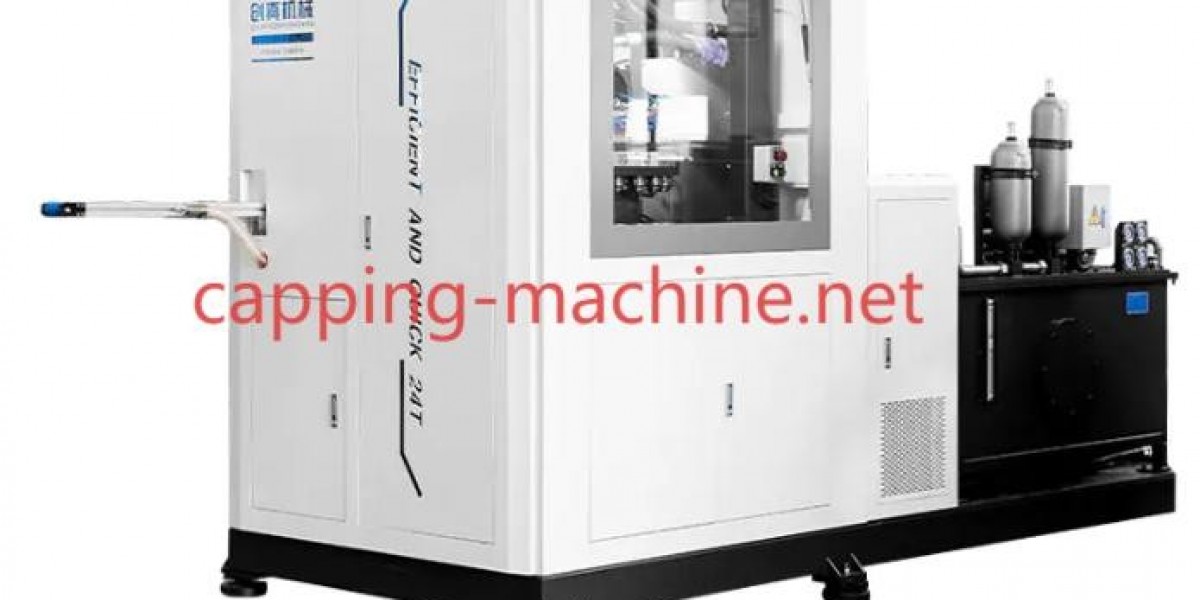In the competitive field of plastic packaging, manufacturers are increasingly turning to the Cap Compression Molding Machine to improve production consistency and reduce material waste. This highly specialized equipment applies heat and pressure to thermoplastic materials to form plastic caps with excellent uniformity, and the Cap Compression Molding Machine has become central to achieving fast, precise, and economical cap production. Taizhou Chuangzhen Machinery Manufacturing is one of the pioneers in delivering efficient solutions tailored to the growing demands of the global cap industry.
Unlike injection molding systems, this type of molding machine uses a continuous rotary process where plastic pellets are melted and directly compressed into the mold cavity. This method not only ensures better cap consistency in terms of wall thickness and sealing performance, but also consumes less energy during operation. Each mold station operates independently, allowing more controlled temperature and pressure conditions—ideal for producing caps that must meet strict quality and safety standards. This makes it a preferred choice for high-volume beverage, pharmaceutical, and food packaging applications.
Another major advantage of this equipment is the significant reduction in material waste. Traditional injection molding often results in sprues and runners that need to be trimmed and recycled, but compression molding produces caps with almost no excess material. For manufacturers aiming to lower their carbon footprint or achieve ISO environmental certifications, this feature is a game-changer. The high precision of the mold also contributes to minimizing product rejection rates and ensuring consistent output during long production cycles.
Automation is a key aspect of modern molding lines, and Chuangzhen’s machines are equipped with advanced control systems such as PLCs and touch panel interfaces that allow operators to monitor and adjust production settings in real time. These systems improve repeatability, reduce human error, and enable automatic fault detection. The integration of servo-driven systems ensures smoother transitions between mold cycles and optimal synchronization between feeding, heating, molding, and ejection processes. This automation ensures faster turnaround and higher uptime, critical in meeting tight delivery deadlines.
Flexibility is another defining characteristic of Chuangzhen’s molding machines. They are capable of producing caps of various diameters, colors, and materials—from standard 28mm water bottle caps to larger closures used in industrial applications. Changeovers are simple and require minimal downtime, thanks to modular mold design and efficient temperature control systems. Manufacturers working with multiple product lines can therefore increase machine utilization without the need for multiple dedicated setups.
Durability and ease of maintenance also influence the long-term value of this equipment. Chuangzhen builds its machines using robust stainless-steel structures and internationally sourced electrical components to ensure longevity and performance stability. The modular layout facilitates easier access to parts for inspection and repair, reducing downtime and lowering maintenance costs. Additionally, technical support and training provided by the company help operators handle common troubleshooting scenarios with confidence.
For manufacturers looking to upgrade their cap production lines or invest in high-efficiency molding solutions, Taizhou Chuangzhen Machinery Manufacturing offers a range of reliable and customizable equipment. Detailed technical parameters, model comparisons, and consultation options are available at: https://www.capping-machine.net/news/industry-news/cap-compression-molding-machines-price-types-process-and-future-trends.html .








